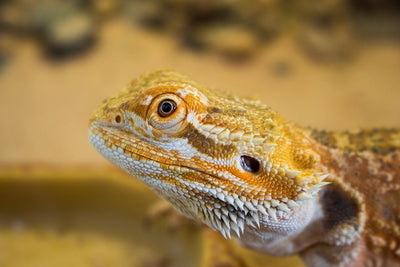If you're a reptile owner, you may have heard of UVB lights, but do you really know what they are and why they're important for your pet's health? In this blog post, we will explore the benefits of UVB lighting for reptiles and why providing the right type of lighting is essential.
UVB, or ultraviolet B, is a type of light in the electromagnetic spectrum that reptiles need to produce vitamin D3. Without vitamin D3, reptiles are unable to properly utilize calcium in their diet, leading to bone deformities, metabolic bone disease, and ultimately, death. In the wild, reptiles get their UVB from the sun, but in captivity, it's up to the owner to provide this essential light source.
When shopping for UVB lights, it's important to choose one specifically designed for reptiles, as regular fluorescent bulbs don't emit enough UVB. Some of the most popular brands of UVB lights include ReptiSun. Reptile Systems and Arcadia. UVB lights should be replaced every six to nine months, as the amount of UVB output decreases over time.
It's also crucial to position the UVB light correctly in your pet's enclosure. The light should be positioned overhead, no more than 12-18 inches away from your pet, and should cover at least 2/3 of the enclosure. Be sure to also check the manufacturer's instructions for the recommended photoperiod, or the amount of time the light should be on each day.
In addition to providing UVB lighting, it's also important to ensure your pet has access to a basking spot with a heat lamp. Reptiles need to regulate their body temperature, and a basking spot with a heat lamp allows them to do so effectively. The basking spot temperature should be between 90-95 degrees Fahrenheit for most reptiles.
Lastly, it's important to monitor your pet's behavior and physical appearance for signs of inadequate UVB lighting. These may include reduced appetite, lethargy, respiratory infections, and abnormal shedding. If you suspect your reptile isn't getting enough UVB, consult with a veterinarian who specializes in reptile care.
UVB lighting is a crucial aspect of a reptile's health and well-being, allowing them to properly utilize calcium and prevent metabolic bone disease. When choosing a UVB light, be sure to select one designed specifically for reptiles, position it correctly in the enclosure, and replace it every six to nine months. In addition to UVB lighting, provide your pet with a basking spot and monitor their behavior and physical appearance for signs of inadequate UVB exposure. With proper care and attention, your reptile can thrive under the right lighting conditions.






